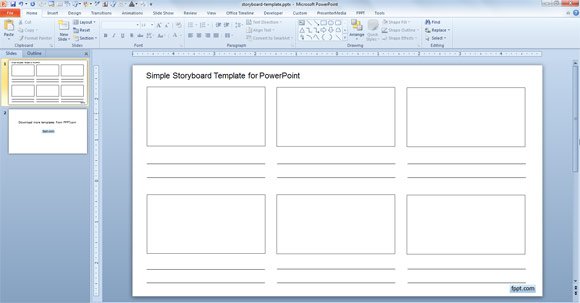

- SAMPLE ANIMATION IN POWERPOINT PRESENTATION HOW TO
- SAMPLE ANIMATION IN POWERPOINT PRESENTATION MAC OS
Instructions on How to Add Slide Transition Animation in PowerPoint: If desired, to apply the selected slide transition animation to all presentation slides after creating it, click the “Apply to All” button in the “Timing” button group on the “Transitions” tab of the Ribbon. To automatically advance presentation slides, you must also ensure the “Use timings” checkbox is checked in the “Set Up” button group on the “Slide Show” tab of the Ribbon for the presentation. To automatically advance to the next slide after a time interval elapses, check the checkbox for “After:” and then enter the time duration for which to show the current slide before it advances automatically to the next slide into the small spinner box to its right. To enable advancing to the next slide when you click the mouse, ensure the “On Mouse Click” checkbox is checked. You can advance to the next slide by mouse click and/or automatically advance after a time interval elapses. Next, in the “Advance Slide” section of the “Timing” button group, you set how to advance to the next presentation slide when delivering the presentation. To change the transition effect’s speed, enter the amount of time the transition animation effect will take to play into the “Duration” spinner box in the “Timing” button group on the “Transitions” tab of the Ribbon. It is important to note that the sound must be a “.wav” file type. Then use this dialog box to navigate to the folder that contains the sound file to use and double-click it to select it. Alternatively, to play a custom sound, select the “Other sound…” choice from the button’s drop-down menu to open the “Add Audio” dialog box.

To play a sound during the slide transition animation, select a choice from the “Sound” drop-down in the “Timing” button group on the “Transitions” tab of the Ribbon. To preview the selected animation again, click the “Preview” button in the “Preview” button group on the “Transitions” tab of the Ribbon.Ī picture of a user selecting a slide transition animation in PowerPoint from the expanded menu of choices. Then select the desired effect option from the drop-down menu that appears. To set the animation effect options, if available for your selected animation effect, click the “Effect Options” drop-down button in the “Transition to This Slide” button group on the “Transitions” tab of the Ribbon. When you click an animation effect to apply it, a preview of the animation appears onscreen. Alternatively, to show all the choices in a drop-down menu from which you can select, click the “More” drop-down button in the lower-right corner of the scrollable list. To scroll through these choices, click the arrows at the right side of the scrollable list. Then click the slide transition animation effect to apply from the choices shown in the scrollable list in the “Transition to This Slide” button group. Then click the “Transitions” tab in the Ribbon. To select multiple slides in the slide thumbnails pane, hold down the “Shift” or “Ctrl” keys on your keyboard as you click to select either multiple adjacent or non-adjacent slide thumbnails, respectively. To apply slide transition animation in PowerPoint, first select the slide or slides to which to apply slide transition animation in the slide thumbnails pane at the left side of the Normal view. You can add slide transition animation in PowerPoint to a single slide or all slides. For example, you can often set the speed and direction of many transition animations. Slide transition animation effects have many options that let you precisely control their appearance.

Slide transition animation in PowerPoint is the animation that occurs when you move to a slide in slide show view.

You can add slide transition animation in PowerPoint to presentation slides. Overview of How to Apply Slide Transition Animation in PowerPoint:
SAMPLE ANIMATION IN POWERPOINT PRESENTATION MAC OS


 0 kommentar(er)
0 kommentar(er)
